
It’s important to get an MOT before your current one runs out to stay on top of your vehicle’s health. But, what is it? And what happens if you don’t get one?
We’ve put all things MOT in one place to help answer your questions.
Continue reading
It’s important to get an MOT before your current one runs out to stay on top of your vehicle’s health. But, what is it? And what happens if you don’t get one?
We’ve put all things MOT in one place to help answer your questions.
Continue reading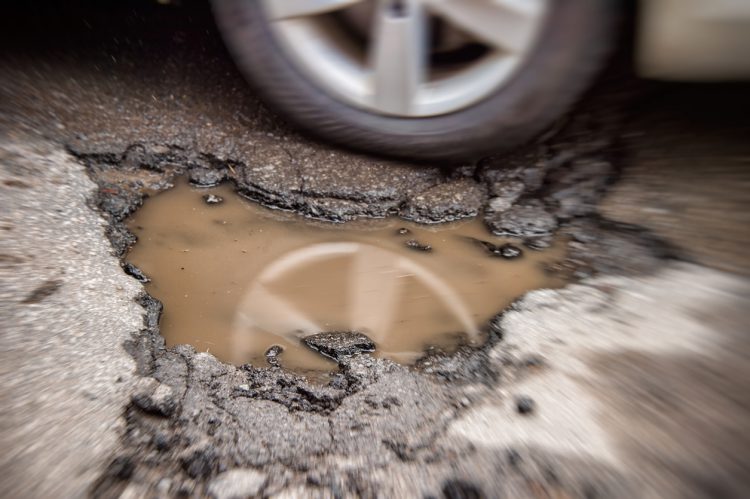
Now’s the time of year when the number of potholes on our roads starts to increase. Winter weather with its extreme temperature variations along with heavy rain and sometimes snow results in more damage to road surfaces. And more holes mean the greater chance that you’ll drive through one and suffer pothole damage to your car in one way or another.
So I thought it would be the perfect time of year to look at pothole damage and what we as drivers can do to spot and limit the effects of it.

The government is trialling noise cameras in a bid to cut down on anti-social drivers with overly loud exhausts.
The cameras have been tested throughout the UK and the scheme’s £300,000 second phase is now being rolled out in areas that have a problem with noise.
Cameras will be installed in Bradford, Birmingham, Bristol and Great Yarmouth over the next two months. Boy racers driving cars with aftermarket and often illegally loud exhausts blight all the areas.

One way to cut your motoring costs is to own a classic – a car that’s more than 40 years old. But you’ll probably think some of the motors that turn 40 this year make an unlikely classic car, clapped out rather than classic.
Owners of pre-1982 cars don’t need an MOT and don’t pay any car tax. If you read on below, you’ll see that many classics won’t cost a fortune to buy either. Get the right one and it’ll even appreciate in value too.
Here we look at some of the cars that turn classic this year – at least in name. We also see how many remain and reveal what it might cost to buy one.

Owning and driving a car is already an expensive business. But there are various motoring offences that could make it even pricier if you commit them. We’ve hunted down a selection of the four-figure fines that you could be hit with for driving, car and admin infringements.
You might be surprised to read that some fines for what might seem like fairly petty offences are actually quite hefty.
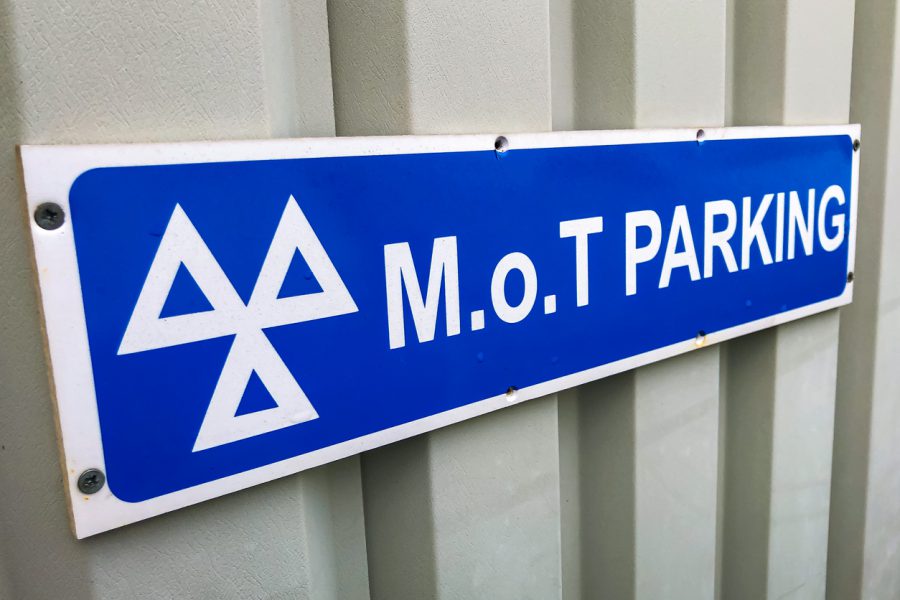
Around one in five of the drivers who opted for the MOT extension during the pandemic last year hasn’t had their car retested. The Driver and Vehicle Standards Agency (DVSA) which oversees the annual roadworthiness checks said that around 1.86 million vehicles (19.5 per cent) still have to take their test.
It means hundreds of thousands of vehicles that are potentially unsafe could be on the road. Using a dangerous car is illegal and their drivers could be liable for a £2500 fine.

Many drivers believe that as long as their car has passed its MOT test, other mechanical jobs are optional. Unfortunately, that’s not the case. Here I look at the difference between the MOT and servicing and why both are equally important for your car.

Car owners whose MOT falls in the coming three months should book their test early. Garages are experiencing a surge in demand for MOTs, creating a test backlog. There are fears some drivers may struggle to get their car tested in time.
The extra demand is thanks to the MOT extension brought in at the end of March 2020. Experts believe there could now be nearly twice as many drivers looking to have MOT tests done in November, December and January. This will make garages much busier than usual.

More than half of younger student drivers are planning to take their car to university this year, research by Green Flag found. The study revealed that 54 per cent of 18-24 year old students hope to have their car with them when the 2020 academic year starts.
If you’re one of those student drivers, there’s plenty to consider. From the type of car you choose, to how you look after it and what you tell your insurer, we investigate what you need to know.
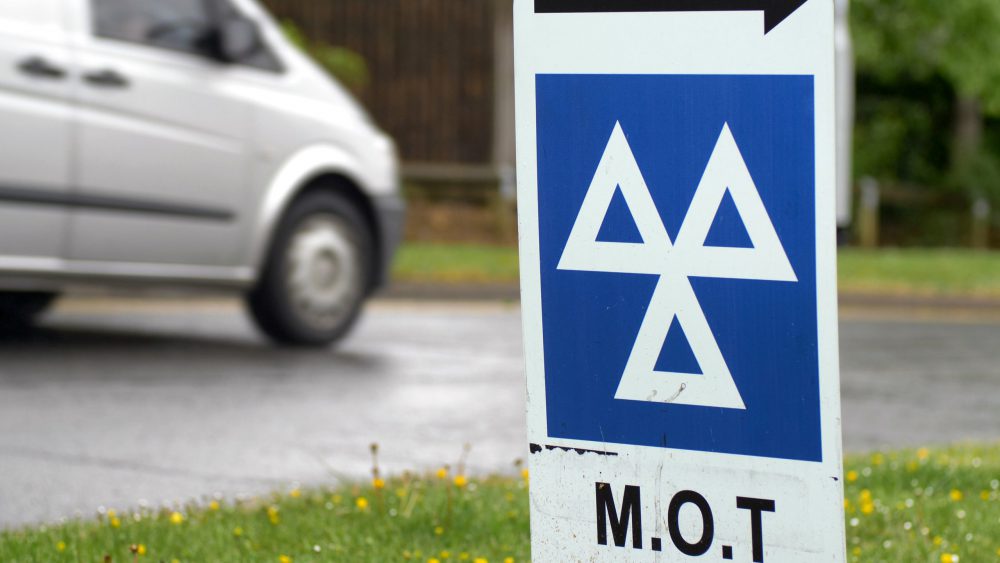
Updated 02 November.
Earlier in the year, MOT expiry dates were extended by six months for certain vehicles.
The extension is only for vehicles that had an MOT due between 30 March 2020 and 31 July 2020.
But, what does this extension actually mean? And what about MOTs due from 01 August onwards? Here’s everything you need to know.
Continue reading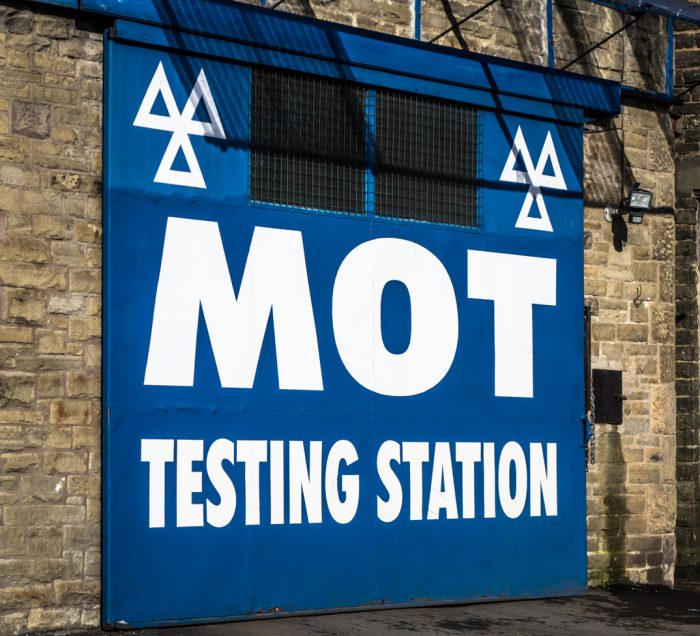
The UK’s six-month MOT extension might end early because of fears about increasing numbers of unroadworthy cars. Car owners are also being warned that if they don’t keep their motors in a fit state to be driven, their insurance may not cover them.
In the latest report by Green Flag and road safety charity Brake, an alarming number of drivers revealed gaps in their knowledge about vehicle maintenance. Around one in 10 drivers (9 per cent) claim they never carry out any vehicle safety checks.
One in four (27 per cent) said they care for their car just once a year. More worryingly, a fifth of drivers (20 per cent) said they’d knowingly driven an unroadworthy car.
We investigate why the MOT extension might end early and how you can ensure your car is roadworthy.
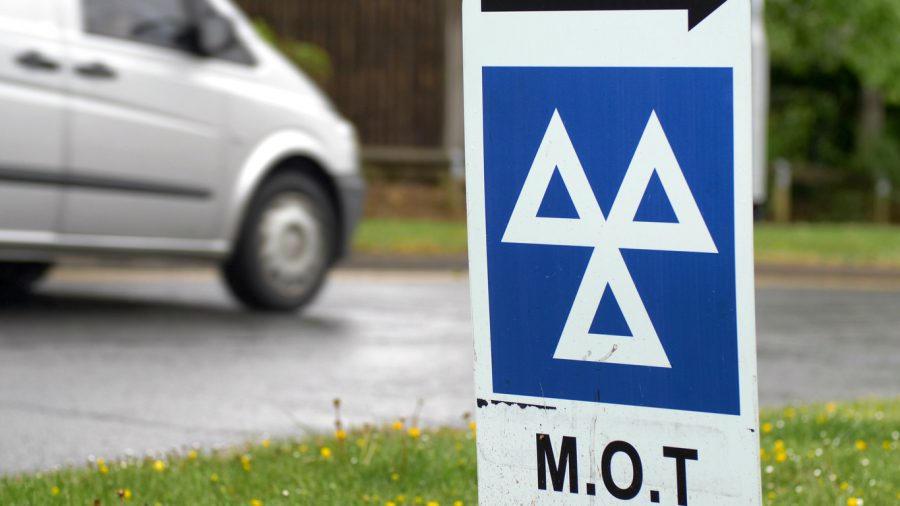
Updated 03 November.
If you’re a Green Flag customer and want our latest advice on what to do if you break down, please visit our important updates page here.
The country is having a second COVID-19 lockdown from 5 November to 2 December. What does this mean for car owners? Read on to find out about MOTs, what’s happening with petrol stations, and what other motoring services are and aren’t available.

The government revamped the MOT test in May 2018 to make it tougher. But its first year in operation has seen a significant decrease in the number of vehicles failing the annual test.
Under the previous rules, around four in 10 cars (about 40 per cent) that took their MOT every year failed it. However, the first year of the new tougher test saw only about one in three cars (33 per cent) declared unroadworthy by testers.

How good are you at knowing the cost of things? Motoring costs are crucial for most of us. And how much we pay to keep our cars on the road is one of the questions drivers will frequently ask. But do you know the prices of things associated with motoring? Our cunning quiz reveals the cost of 10 articles to do with car ownership.
Continue reading
The Highway Code will never rank as a right riveting read. So it’s possibly no surprise that a third say they haven’t read the rules of the road since passing their driving test. And according to Halfords Autocentres’ research one in five haven’t read it for at least 10 years.
But while the Highway Code is hardly a page turner, it is vital drivers keep up to date with it. Our road environment, not to mention the technology aboard our cars, is changing at an astonishing rate. And the Highway Code is updated on a rolling basis to reflect this. Between 2015 and 2018, the rules of the road have been updated 48 times. Take our quiz to find out how up to date you are.

Changes to Britain’s MOT test prove an alarming number of cars are on our roads in a potentially lethal state. Official figures show that nearly a third (32 per cent) of MOT failures were due to a dangerous defect.
In numbers, that’s 1.13m cars categorised as ‘dangerous’ after failing their MOT between the introduction of the revised test in May 2018 and the end of the year. This means the car is considered an immediate risk to road safety. The owner is then banned from driving the car until it’s been made road legal again.
However, the Government’s Driver and Vehicle Standards Agency (DVSA) says more than half of MOT failures are preventable. Drivers, it says, could avoid the money and aggravation that an MOT failure can cause by conducting simple maintenance.

How well do you remember 2018? Our fun quiz looks at some of the news from the year just gone. Laws to do with car tax, the MOT test and learner drivers all changed. And there was plenty of eyebrow-raising research too.
How much attention were you paying? Take our test to find out. And don’t worry if you get any of them wrong: our questions have been designed to help you become a better, safer driver. Here we pose 12 teasers – one from every month of the year – to see how much you remember.

Emergency stops can be frightening enough without having dodgy brakes too (Picture iStock/RapidEye)
Braking and brake pads are vitally important when it comes to road safety. We’re frequently so consumed with how fast cars can go or the economy they return that we forget how important stopping is. And anyone who’s had any kind of brake failure will testify to what a terrifying experience it can be.
But some recent research revealed that the confusing way garages measure brake pads isn’t helping. It could mean drivers are leaving it too long to have their pads changed. Or they might even be changing them too soon, without getting the full amount of wear out of them.

If you’re not sure about repairs, ask the technician to point them out to you. (Picture iStock/Sturti)
Has a garage recently suggested you need new brake fluid, an anti-freeze drain and refill or a fuel and oil flush? If so, how do you know whether it had to be done or was unnecessary work? Research by Green Flag has revealed that UK drivers spend £3.4billion every year on work by garages to their cars that doesn’t need doing. That’s around £90 per car per annum.
The problem stems from drivers not having the knowledge about their cars to question whether work recommended by garages is really required. More than a third of drivers (39 per cent) say they have no idea what’s checked when their car has its annual MOT roadworthiness check. But this is when garages often say jobs need doing.
Read on to discover which 10 jobs Green Flag believes should ring alarm bells if they’re suggested by a garage. And find handy hints on how to check whether the work really should be done.

The MOT test changes this weekend but you can be forgiven if you didn’t know. New research conducted by Green Flag reveals that six out of 10 drivers (58 per cent) haven’t realised the MOT changes are happening.
More worryingly perhaps, nine out of 10 drivers (89 per cent) are unaware that driving a car with an invalid MOT might result in a £2500 fine. And a quarter (25 per cent) don’t realise that driving a faulty vehicle results in a penalty. Read on to find out more about the changes and how drivers might be able to save themselves money.